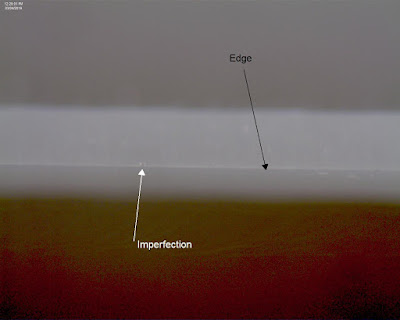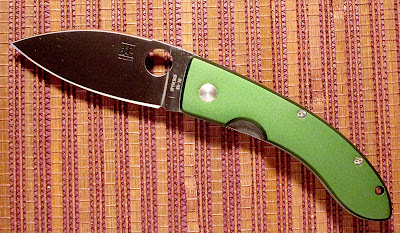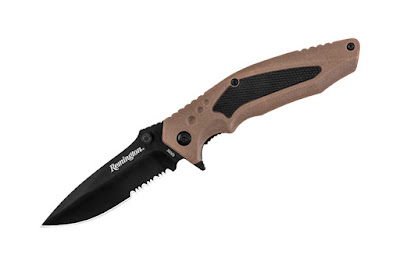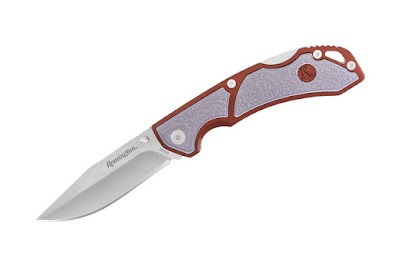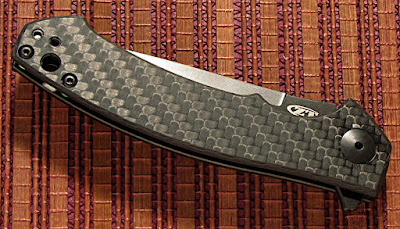My father used to carve wooden
knives, mostly daggers. He’d start with
a square rod of scrap pine and carve a handle with grooves, holes, partial
spheres and a V-shaped edge he called a blade.
It was just a way for him and me to whittle away an hour. I’m sure I was better at making shavings than
anything resembling a knife.
But I never forgot carved wooden
knives.
At the Lehigh Valley Knife Show I
ran into Dean the owner of “The Last Table” who is making wooden knives. Specifically folding
lock back knives.
 |
| Here's the details, you just need to add skill and years of practice. |
Following his retirement three
years ago, Dean has been a serious work worker producing furniture you want to
own. He showed me a logo he first carved
into a dry bar for a customer and then took it up a notch by flaming it with
gunpowder. Talk about “Edgy”!
Last year Dean gave some thought
to wooden knives and started experimenting.
When you open his folders the lock, driven by a wooden spring, clicks
into place locking the knife open.
 |
| Is this cool or not? It is!! |
The
spine lock is depressed against the same wood spring to unlock the knife and
the blade snaps tightly into the bolsters.
It sounds like a Buck 110 opening and closing.
There is no metal used in the
knife, just wood and wooden pins. I got
a really nice one made of burly maple that I think is super.
 |
| The selection of interesting woods is amazing The top marble wood is very interesting as is the second osage orange. |
We were talking and Dean showed
me an experimental wood Ka-Bar style knife he had made. The handle is composed of two different woods
and the blade is stained dark. Look at
the handle butt and you can see the partial tang a classic Ka-Bar has.
 |
| One of the few Ka-Bars that can float in water, but it's too nice to do that.! |
Dean’s working on a website, but
it’s not quite there. It will be OH
Wooden Lock-back Knives. The OH stands
for Open Heart and not Ohio. Trust me. You can see the heart he puts into these
knives. The name works.
I told Dean I thought mixing
different woods for blades and bolsters would be attractive. I can
see even different woods stacked to form the bolsters. Of course, it’s easy for me to make
suggestions when I don’t have to execute the design.
I understand a Floridian has made
a large purchase and I suspect we’ll see these at the upcoming Blade Show. I’ll be looking for them.
You can contact Dean at deangiesige@icloud.com if you’re
interested in having custom work done. I
recognize quality wood work when I see it.
This is the real thing!
https://www.facebook.com/thelasttable1/who



















